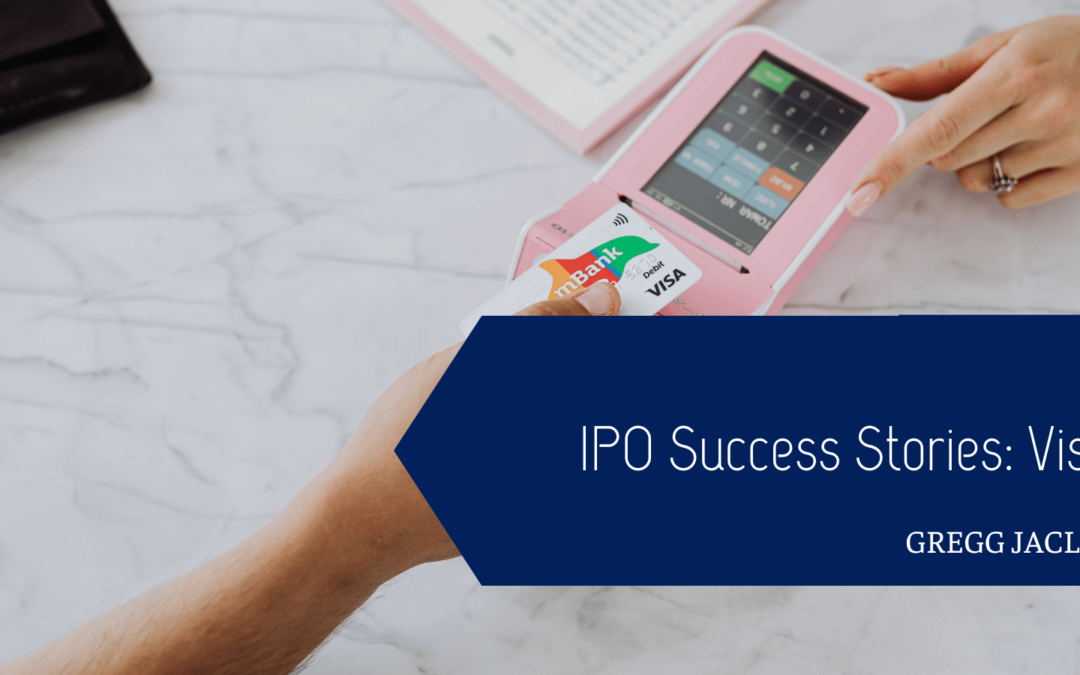Since its initial public offering, Visa has given an impressive return to investors. The payments technology company enables electronic funds transfers across the globe. It also provides fraud protection and cross-border transaction services. Since its initial public offering on the New York Stock Exchange, Visa’s stock price has increased significantly. Let’s look at how much money a $100 investment would have been worth today if it had been placed in the company’s IPO.
Visa’s Initial Success
Visa’s initial public offering was one of the biggest in the history of the US. It happened during the peak of the Great Recession. The company’s stock price initially opened at $44. Visa’s shares closed the first day at $56.50.
A $100 investment in Visa’s IPO resulted in two shares with an $88 value. Before we can determine the current value of these shares, it’s important first to calculate the company’s 4-for-1 stock split that occurred on March 18, 2015. This method lowers the share price and gives Visa’s shareholders four shares for every one they own.
After the stock split, a shareholder would have eight shares of Visa. Since the company’s share price is around $203.56, a person would have a profit of about $1575 before taxes and dividends are included.
Explaining the Numbers
Almost all of Visa’s revenue comes from its three main business segments: international transactions, data processing, and services. The company’s low-cost business model is similar to a tollbooth, where Visa collects money from every transaction made through its electronic payment system. This strategy has allowed the company to achieve impressive operating and net income margins.
To boost its margins, Visa recently announced a new fee structure that will allow US merchants to charge higher rates to e-commerce sites that accept card-not-present transactions. It also cut down on supermarket fees for certain types of transactions.
The new fee structure will allow Visa to continue to grow in the e-commerce industry, which is expected to grow from $3.535 trillion in 2019 to $6.54 trillion in 2023.
Keeping Up with the Times
In January 2020, Visa announced that it had acquired fintech startup Plaid for $5.3 billion. The acquisition was well-timed as the number of people using financial apps to transfer money has increased significantly. According to Visa, the number of people who use financial apps to send and receive money grew substantially in 2019.
Some of the widespread financial apps commonly used by consumers include Transferwise, Betterment, and Chine. Visa noted that around one in four consumers uses the services of Plaid, a subsidiary of Visa.

